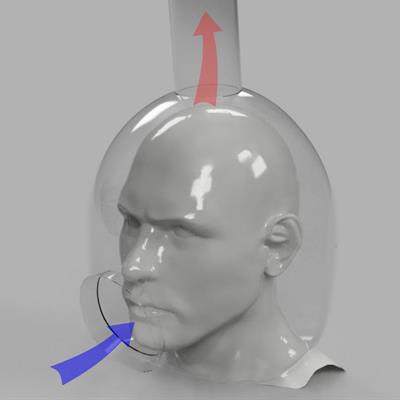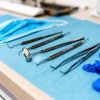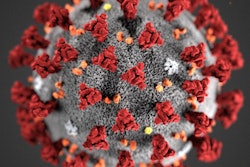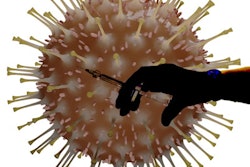
A newly designed open-faced, disposable helmet that is connected to an air filtration pump and can be worn by patients may minimize the transmission of infection, including SARS-CoV-2, to dental teams, according to a study published on January 12 in Physics of Fluids.
The top port of the helmet is connected to a medical-grade air filtration pump that prevents aerosols generated from coughing from exiting the head covering, decreasing the risk of disease transmission, according to the authors.
"The design can successfully contain all droplets less or equal to 250 µm in diameter," wrote the group, led by Dongjie Jia, PhD, of the Sibley School of Mechanical and Aerospace Engineering at Cornell University.
Since the start of the pandemic, experts have warned that aerosol-generating procedures pose an increased risk of spreading SARS-CoV-2. Dental teams were encouraged to avoid using tools such as high-speed drills and ultrasonic scalers to minimize the spread of COVID-19.
Recently, evidence has shown that drilling at lower rotation speeds and eliminating the use of dental drills that use both air and water could significantly reduce the spray of aerosols. Additionally, dental practices have taken numerous steps to reduce and minimize infections, including staggering appointments, adding new air filtration systems, and incorporating N95 masks. Some of these solutions are expensive, supplies sometimes run low for others, and some aren't very effective.
To explore another potential solution, the researchers designed a helmet-like shell intended to fit comfortably over a patient's head. This 1-mm-thick shell, which is made of the cost-effective and transparent material polymethyl methacrylate, fully encloses the head with an access port and a vacuum port.
The access port is a 10 x 8-cm opening in the helmet in front of the mouth and nose to provide access for dental procedures, while the vacuum port, which is 2.5 inches in diameter, on top of the helmet, is connected to a vacuum source. The vacuum source, such as a negative air machine, contains a high-efficiency particulate air (HEPA) filter. The goal is to generate a reversal flow at the access port to carry away aerosols to the vacuum port before they dispel into the environment, the authors wrote.
 An open-faced helmet for patients could minimize the spread of infectious diseases such as COVID-19, researchers believe. Image courtesy of Dongjie Jia, PhD.
An open-faced helmet for patients could minimize the spread of infectious diseases such as COVID-19, researchers believe. Image courtesy of Dongjie Jia, PhD.In a computer simulation using computational fluid dynamics, Jia and colleagues found that the helmet can retain 100% of airborne droplets and 99.6% of cough droplets 250 µm or less in diameter that are emitted within one second.
Though no study limitations were noted, the simulation predictions must be thoroughly validated experimentally before this type of helmet could be used at dental practices, the authors noted. Research must also explore how the helmet performs during dental procedures and sneezing. However, they believe the helmet will perform just as well under those circumstances.
"The results show that 100% of the airborne droplets and 99.6% of all cough droplets are retained by the helmet," they concluded.




















